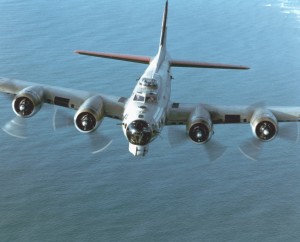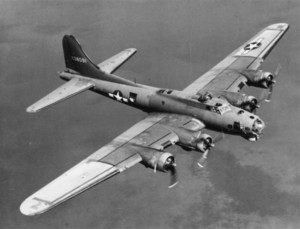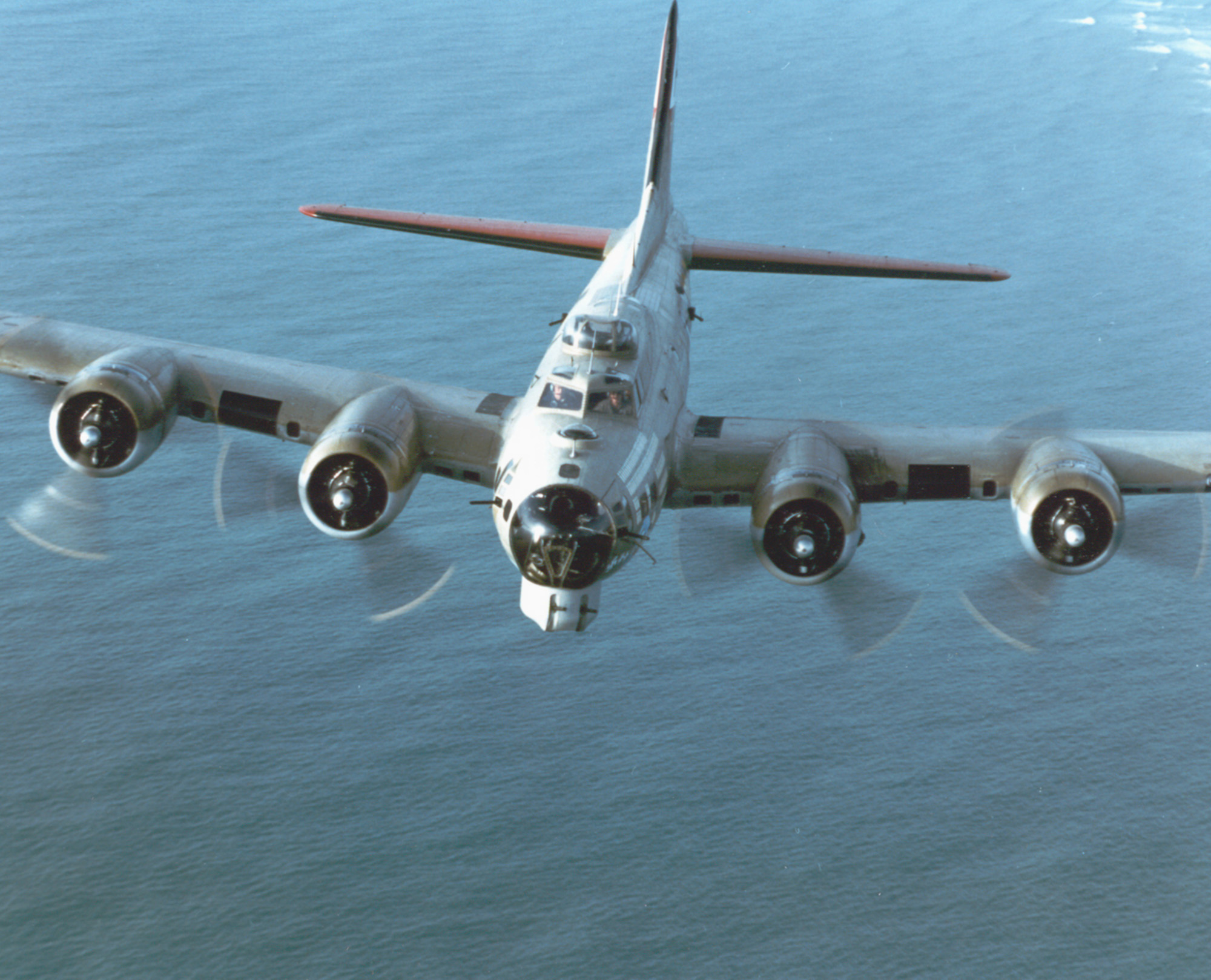By Terry Stephens

Seattle Museum of Flight volunteers, who are restoring a B-17, are urging the Boeing Co. to preserve a part of its historic Plant 2, where the famous planes were built.
One of the most notable buildings in aviation history, the Boeing Co. decades-old Plant 2 in Seattle, was slated for demolition in 2007. Volunteers from The Museum of Flight, who are restoring a B-29 and B-17 in the historic building, are urging Boeing to preserve a portion of the facility for future generations.
In an email campaign to warn others of the demolition, Dale Thompson, a volunteer on the restoration project, is reminding people that this factory manufactured the B-17 Flying Fortress and employed 30,000 at the peak of World War II. Calling Plant 2 a piece of Americana that should be preserved, at least in part, Thompson described the major roles it played in producing historic aircraft during a time of significant advancements in aviation technology.
His campaign apparently raised awareness of the situation and perhaps influenced a recent extension of the museum’s lease.
“We’ve heard, through Susan Charles of Boeing, who also sits on the museum’s executive board, that our lease is extended through 2007,” said Tom Dawson, project manager for the B-29 restoration project.
The news relieved the volunteers, but they’re now more determined than ever to see a portion of the old plant preserved. Ideally, they hope the restored old bombers will be displayed in the building where they were built, particularly since Plant 2 is only a half-mile north of The Museum of Flight.
Thompson noted that Boeing’s Plant 1, on the Duwamish River, was demolished years ago, but the famous Red Barn, Boeing’s first building, was restored and moved to a central site at the museum. For years, it has housed displays of early aircraft production and aviation history. To follow that precedent, Thompson believes that two bays of Plant 2 should be saved.
He specified a historically significant section of the plant, just south of the old administration offices, as a prime location to preserve. During the war, thousands of B-17S were assembled there. The planes then were rolled across East Marginal Way South to Boeing Field, today’s King County International Airport (KCIA), for test flights and for delivery to the military.
At the peak of World War II, Plant 2’s workers completed more than a dozen B-17s each day, to help win the global battle against Nazi and Japanese fascism and aggression. Toward the end of the war, the plant produced experimental versions of the B-29 Super Fortress.
With the arrival of jet-powered aircraft, the plant’s assembly lines began manufacturing the B-47 Stratojet, a swept-wing bomber, considered a major milestone in military aircraft design. The plant then retooled for creating the early versions of the B-52 Stratofortress. The United States military used that plane as a major deterrent to nuclear attack during the Cold War.
“We understand the economical need to eliminate a building that’s no longer needed,” Thompson said. “But, saving a small part of that structure would seem to be a small burden, given its significance and usefulness toward the further preservation of airplane history. Do we want to drive down East Marginal Way to show our children and grandchildren a plaque that reads, ‘This is where Plant 2 once stood,’ or do we want to be able to show them a piece of history?”
While fighting for its preservation, Thompson and other volunteers continue to work in Plant 2, on their time-consuming task of restoring the two planes.
“Presently, the B-29 is cosmetically complete,” Dawson said. “About 60 percent of the mechanical cables are finished, along with 60 percent of the hydraulics in the B-29’s the braking system. Now they’re starting to rewire the plane.”
Corrosion has been the biggest problem for the restoration crew.
“So far, our time records show more than 9,000 hours of work, just on corrosion repairs and controlling further corrosion,” Dawson said. “In some places, it was so bad we had to take the structural section out and replace it.”
Dawson said the volunteer in charge of the cockpit and tail-gunner’s position is ideal for the job.
“He’s an absolute detail person,” he said. “When it’s done, it will be better than new.”
Dawson said the work being done is such high quality that, if necessary, most of the restored systems could pass flight inspection. Since 1991, volunteers have spent an estimated 100,000 hours restoring the B-17 to flyable condition. The restoration project is valued at $3.7 million. Boeing has provided hangar space, blueprints and tools, along with remanufactured parts, when necessary.
When the two planes are fully restored, they’ll probably be displayed in temporary quarters, until a new museum area is completed across from The Museum of Flight. Or perhaps, the planes’ permanent home will be where they originally started—in two preserved old bays of Boeing Plant 2.











